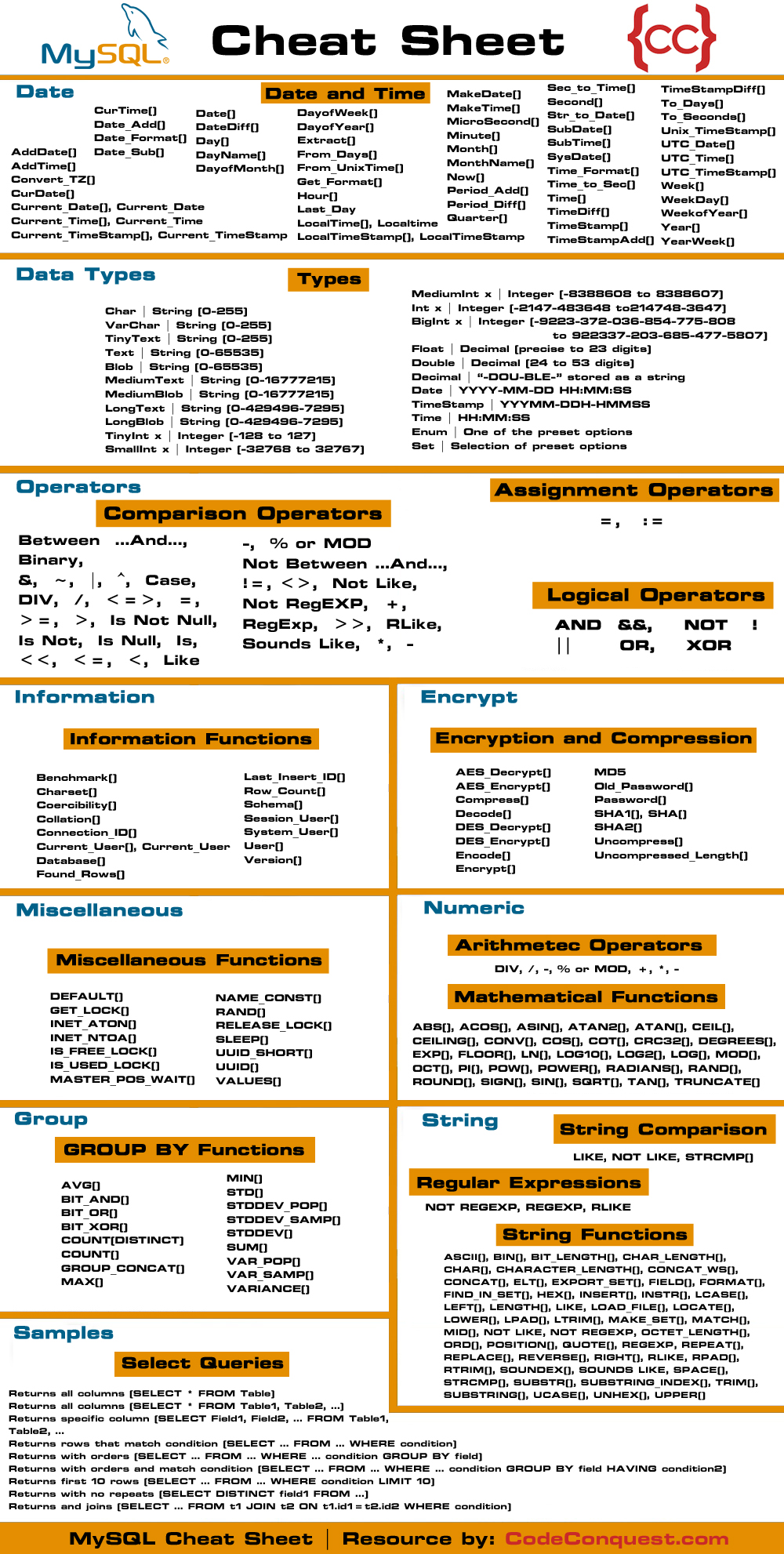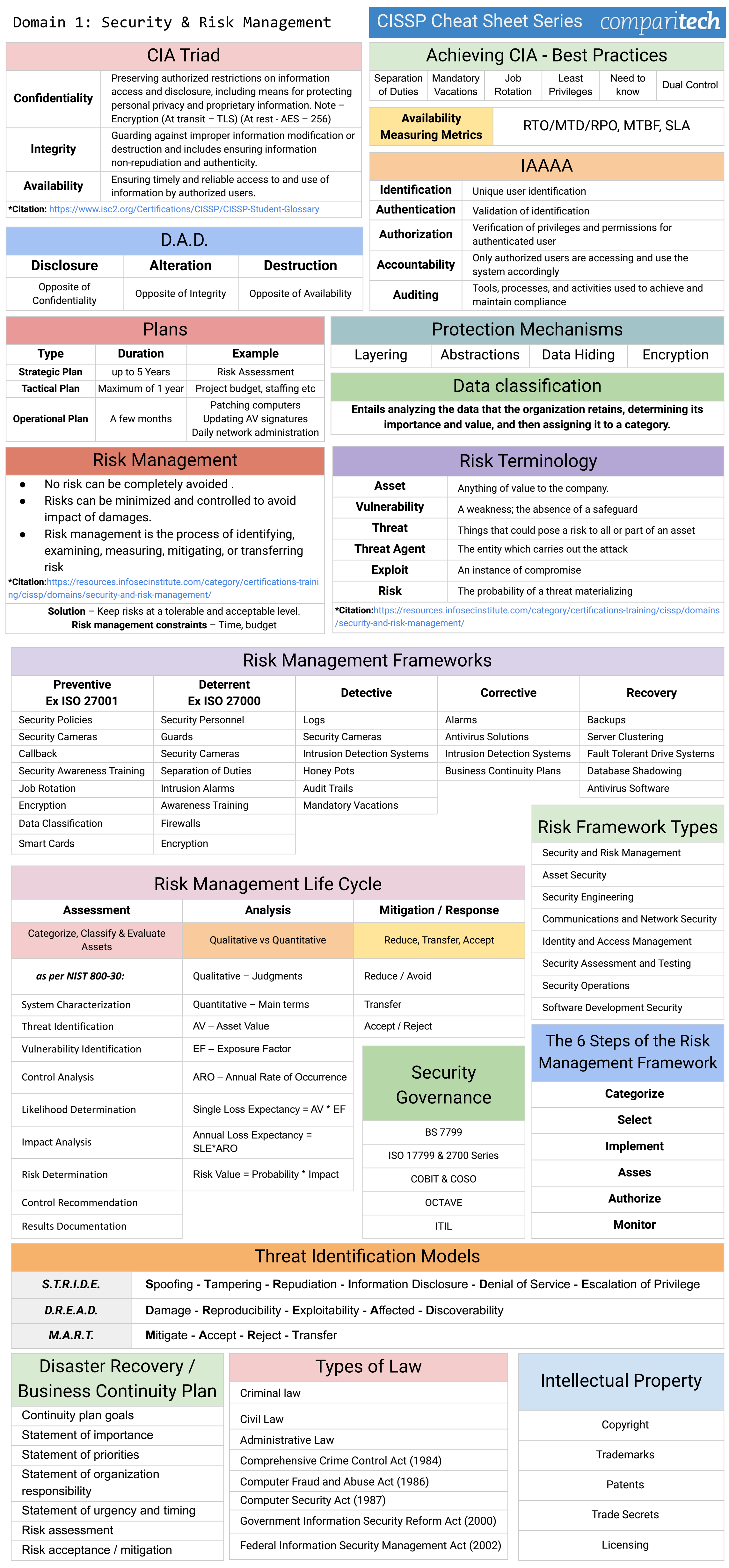- Python for Data Science Cheat Sheets. Python is one of the most widely used programming languages in the data science field.Python has many packages and libraries that are specifically tailored for certain functions, including pandas, NumPy, scikit-learn, Matplotlib, and SciPy.The most appealing quality of Python is that anyone who wants to learn it, even beginners, can do so quickly and easily.
- The Shopify Cheat Sheet is a resource for building Shopify Themes with Liquid.
Robert’s Rules of Order is a manual of parliamentary procedure that governs most organizations with boards of directors. In 1876, Henry Martyn Robert adapted the rules and practices of Congress to the needs of non-legislative bodies and wrote them in his book, which is still in use today. The Robert’s Rules Association published brief versions of the book in 2005 and 2011. The newest versions have about 700 pages, which makes it difficult to look things up during a meeting. Meeting facilitators with little experience may find it helpful to keep a cheat sheet on parliamentary procedure at their fingertips during a meeting.
Types of Motions:
1 YOU CAN LEARN GUITAR! BEGINNER GUITAR CHEAT SHEET-Written by David Taub ®.
- Main Motion: Introduce a new item
- Subsidiary Motion: Change or affect how to handle a main motion (vote on this before main motion)
- Privileged Motion: Urgent or important matter unrelated to pending business
- Incidental Motion: Questions procedure of other motions (must consider before the other motion)
- Motion to Table: Kills a motion
- Motion to Postpone: Delays a vote (can reopen debate on the main motion)
Every Motion Has 6 Steps:
- Motion: A member rises or raises a hand to signal the chairperson.
- Second: Another member seconds the motion.
- Restate motion: The chairperson restates the motion.
- Debate: The members debate the motion.
- Vote: The chairperson restates the motion, and then first asks for affirmative votes, and then negative votes.
- Announce the vote: The chairperson announces the result of the vote and any instructions.

TIP! If the board is in obvious agreement, the chairperson may save time by stating, “If there is no objection, we will adopt the motion to…” Then wait for any objections. Then say, “Hearing no objections, (state the motion) is adopted.” And then state any instructions.
If a member objects, first ask for debate, then vote and then announce the vote.
Requesting Points of Something
Certain situations need attention during the meeting, but they don’t require a motion, second, debate or voting. It’s permissible to state a point during a meeting where the chairperson needs to handle a situation right away. Board members can declare a Point of Order, Point of Information, Point of Inquiry or Point of Personal Privilege.
Point of Order: Draws attention to a breach of rules, improper procedure, breaching of established practices, etc.
Point of Information: A member may need to bring up an additional point or additional information (in the form of a nondebatable statement) so that the other members can make fully informed votes.
Point of Inquiry: A member may use point of inquiry to ask for clarification in a report to make better voting decisions.
Point of Personal Privilege: A member may use point of personal privilege to address the physical comfort of the setting such as temperature or noise. Members may also use it to address the accuracy of published reports or the accuracy of a member’s conduct.
*A member may make a motion to reconsider something that was already disposed; however, the reconsidered motion may not be subsequently reconsidered. A motion to reconsider must be made during the same meeting and can extend to a meeting that lasts for more than one day.
Robert’s Rules of Order, which is also widely known as parliamentary procedure, was developed to ensure that meetings are fair, efficient, democratic and orderly. A skilled chairperson allows all members to voice their opinions in an orderly manner so that everyone in the meeting can hear and be heard. The following tips and reminders will help chairpersons to run a successful and productive meeting without being run over or running over others.
- Follow the agenda to keep the group moving toward its goals.
- Let the group do its own work; don’t overcommand.
- Control the flow of the meeting by recognizing members who ask to speak.
- Let all members speak once before allowing anyone to speak a second time.
- When discussions get off-track, gently guide the group back to the agenda.
- Model courtesy and respect, and insist that others do the same.
- Help to develop the board’s skills in parliamentary procedure by properly using motions and points of order.
- Give each speaker your undivided attention.
- Keep an emotional pulse on the discussions.
- Allow a consensus to have the final authority of the group.
All board members should be familiar with Robert’s Rules of Order, which they can find online and in bookstores.
Microsoft Windows 10 now comes with several additional keyboard shortcuts that primarily address ‘snapping’ multiple programs side-by-side, monitor management, and Virtual Desktops. Having this shortcut cheat sheet can help make learning these new features a simpler process.
Windows 10 keyboard shortcuts include a whole new set features that can make your workflow simple and more proficient. Below is a chart; or cheat sheet if you will, of the newest keyboard shortcuts to make your life easier when working with Windows 10 more.
For an off-line version of keyboard shortcuts provided Microsoft for Windows 10 users, head over to the Microsoft download page.

To summarize the the image below, this table includes the Windows 10 keyboard shortcuts:
New Features
| Keyboard Shortcut | Function |
| Windows Key + A | Open Action Center |
| Windows Key + C | Open Cortana in listening mode (for voice commands) |
| Windows Key + S | Search / Launch Cortana (listening mode) |
| Windows Key + I | Open Settings App |
| Windows Key + Tab | Open Task View |
| Windows Key + Ctrl + D | Open New Virtual Desktop |
| Windows Key + Ctrl + F4 | Close the Current Desktop |
| Windows Key + Ctrl + → | Switch between Virtual Desktops (right) |
| Windows Key + Ctrl + ← | Switch between Virtual Desktops (left) |
Standard Features
Cheat Sheet For Excel Formulas
| Keyboard Shortcut | Function |
| Windows Key | Open / Close Start Menu |
| Windows Key + X | Open / Close Start Menu Content (same as right-click) |
| Windows Key + → | Snap Current Window Right |
| Windows Key + ← | Snap Current Window Left |
| Windows Key + E | Launch File Explorer |
| Windows Key + L | Lock the Desktop |
| Alt + PrtScn | Copy Screenshot to Clipboard |
| Windows Key + PrtScn | Copy Screenshot to ‘Computers > Pictures > Screenshots’ |
Browser Shortcuts
| Keyboard Shortcut | Function |
| Ctrl + T | Open new Tab |
| Ctrl + D | Bookmark Page |
| Ctrl + L | Highlight Current URL in Address Window |
| Ctrl + Tab | Step through Open Browser Tabs |
| Ctrl + Enter | Add ‘.com’ to end of URL (i.e., google > Ctrl + Enter) |
Cheat Sheet For Multiplication
Windows 10 Keyboard Shortcut Cheat Sheet
Cheat Sheet For Scrabble
Embed this Infographic on Your Site
Simply copy and paste the code snippet below onto your web page.
